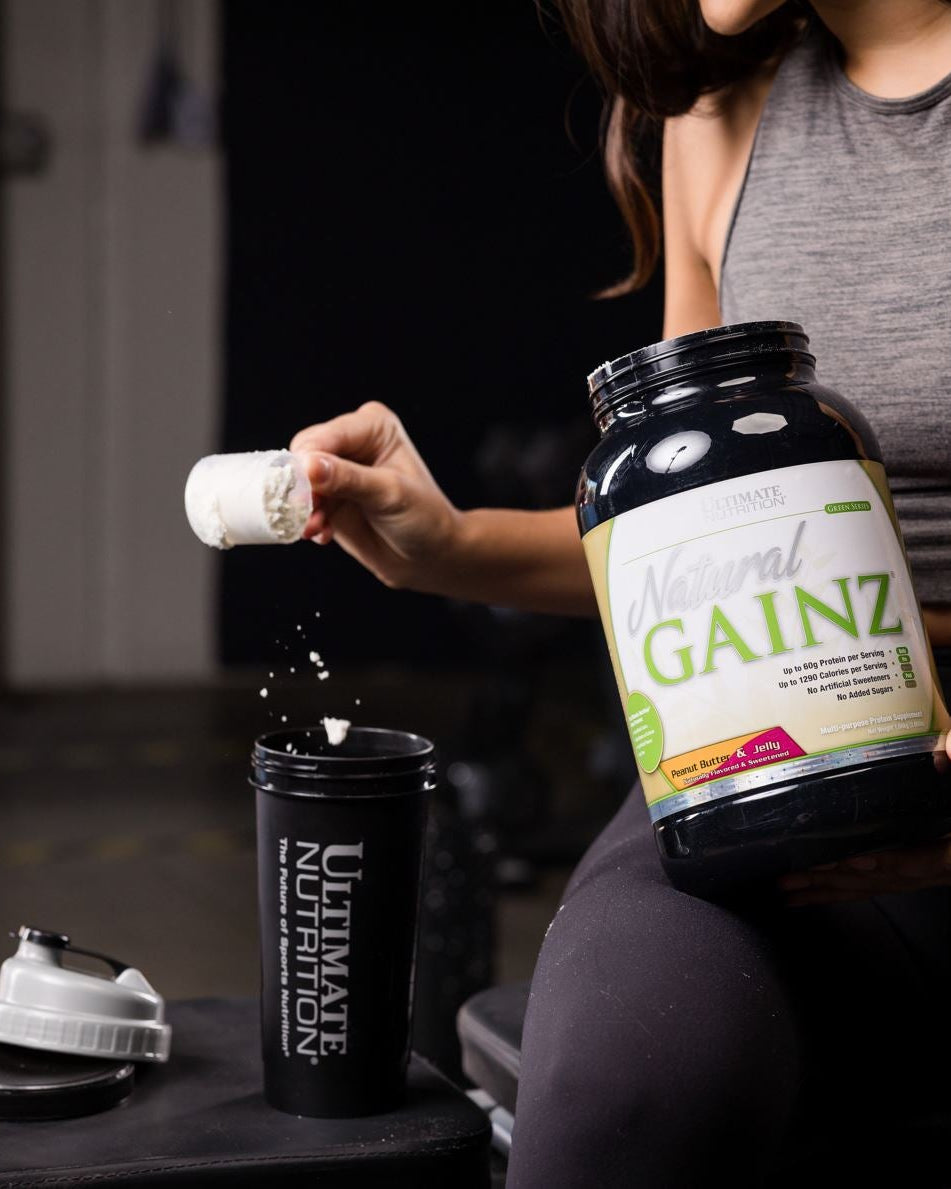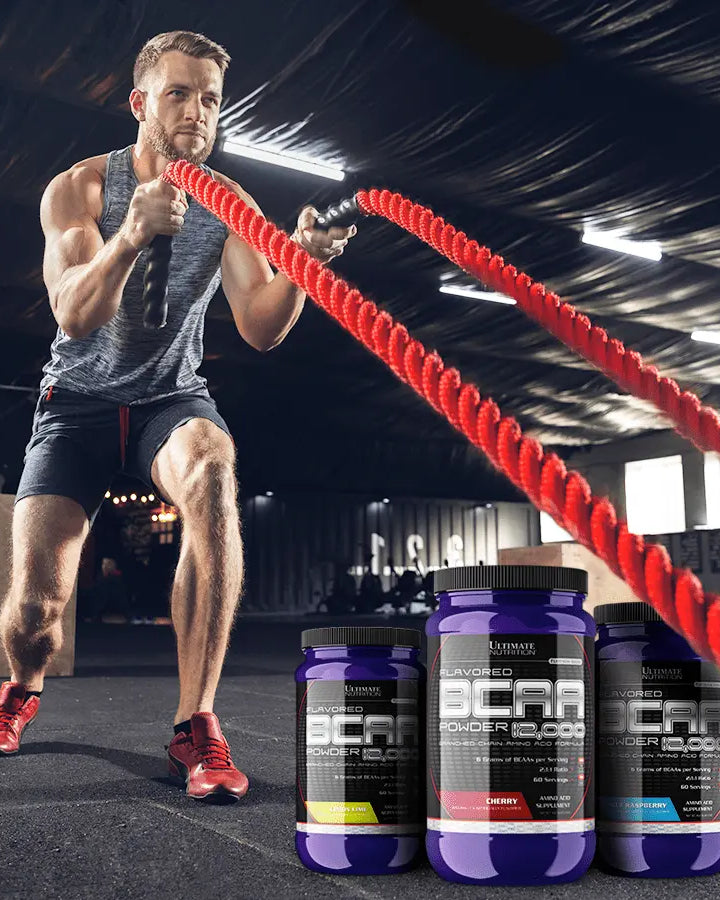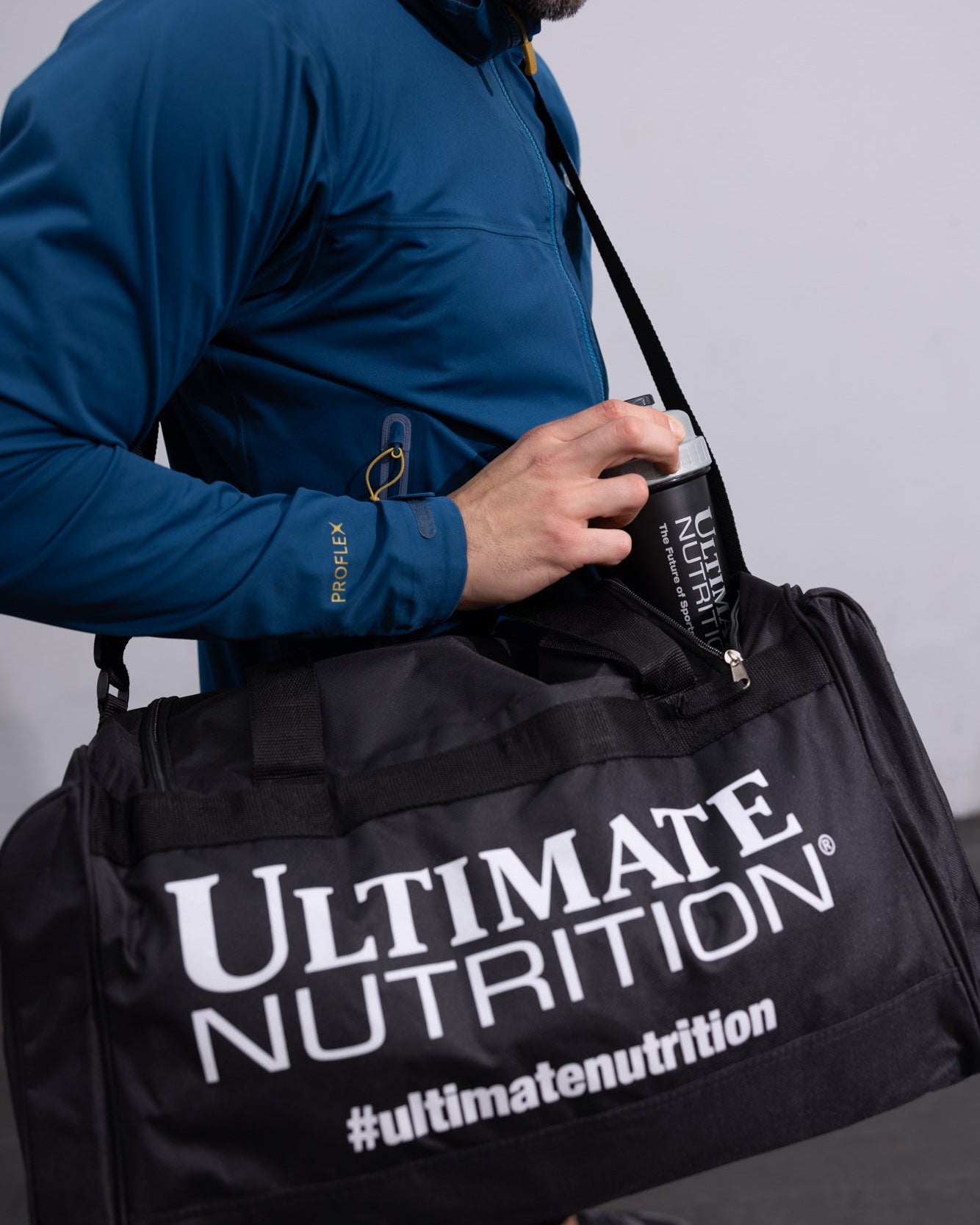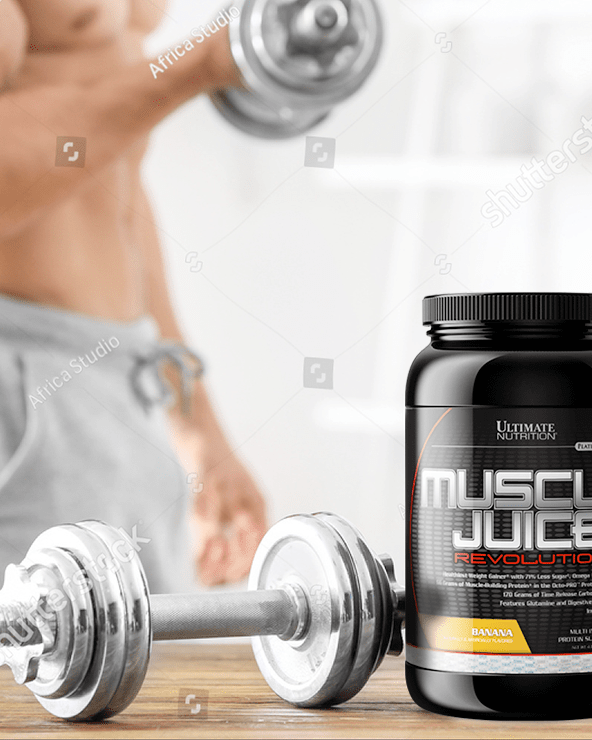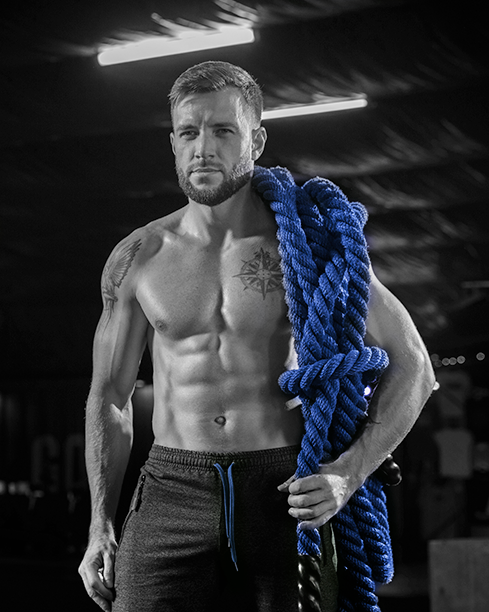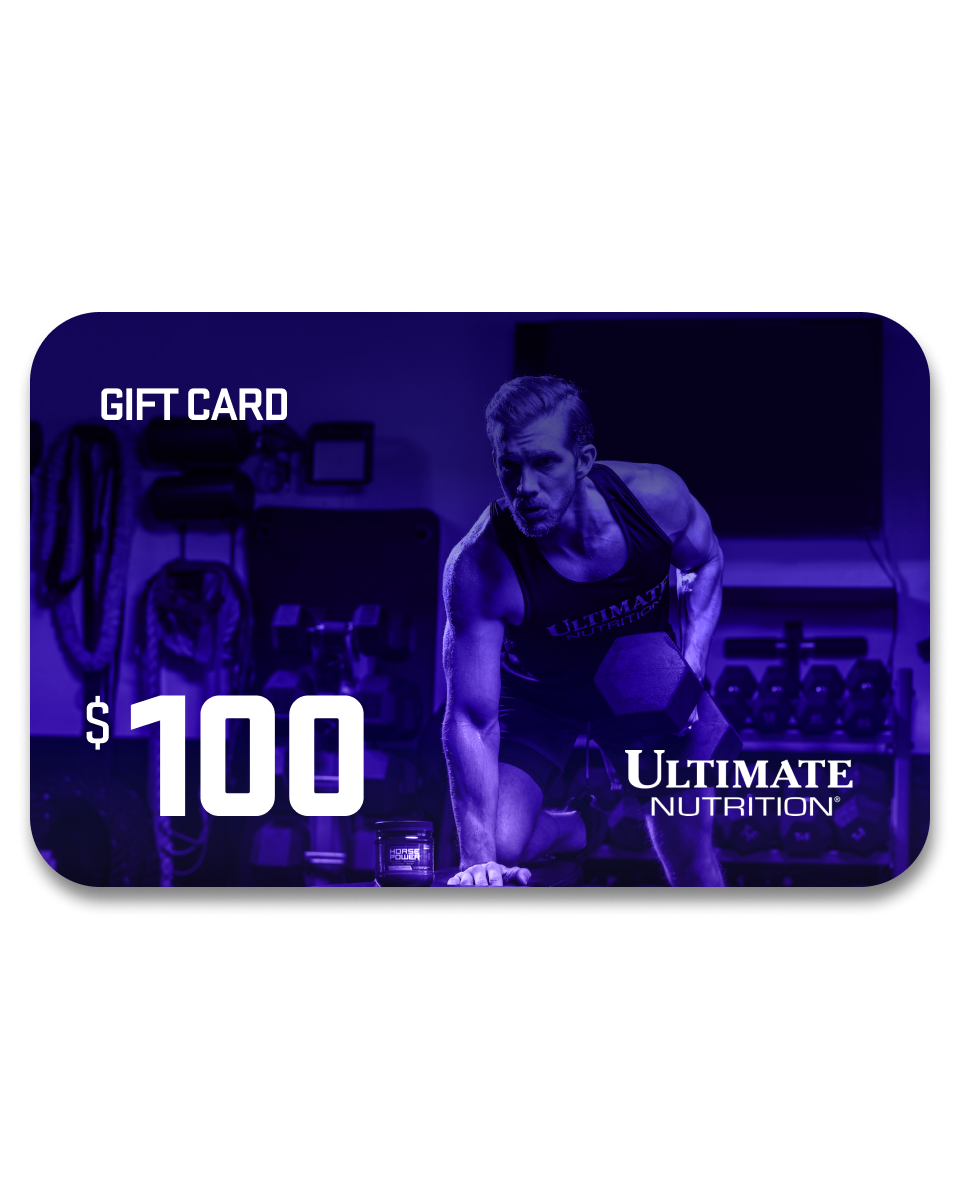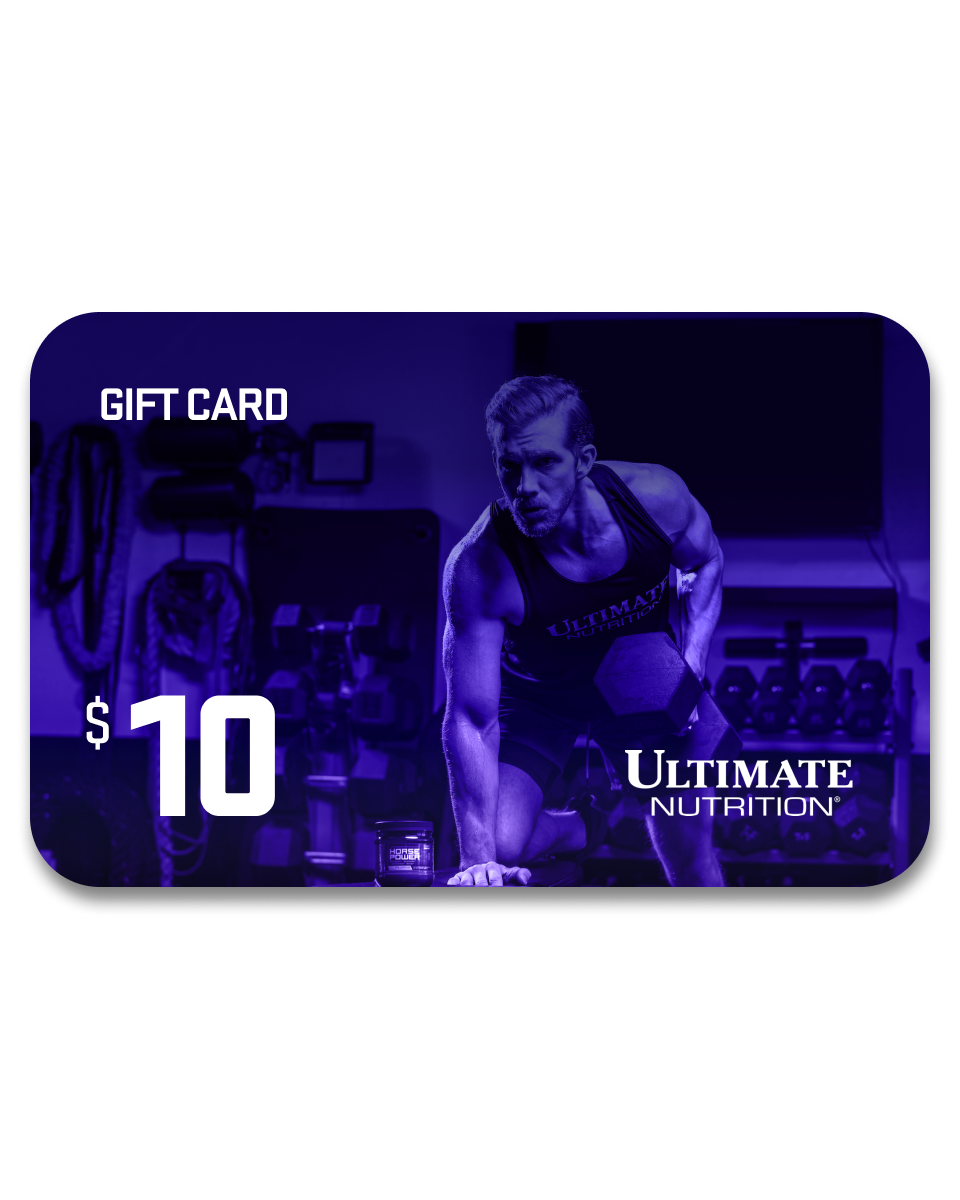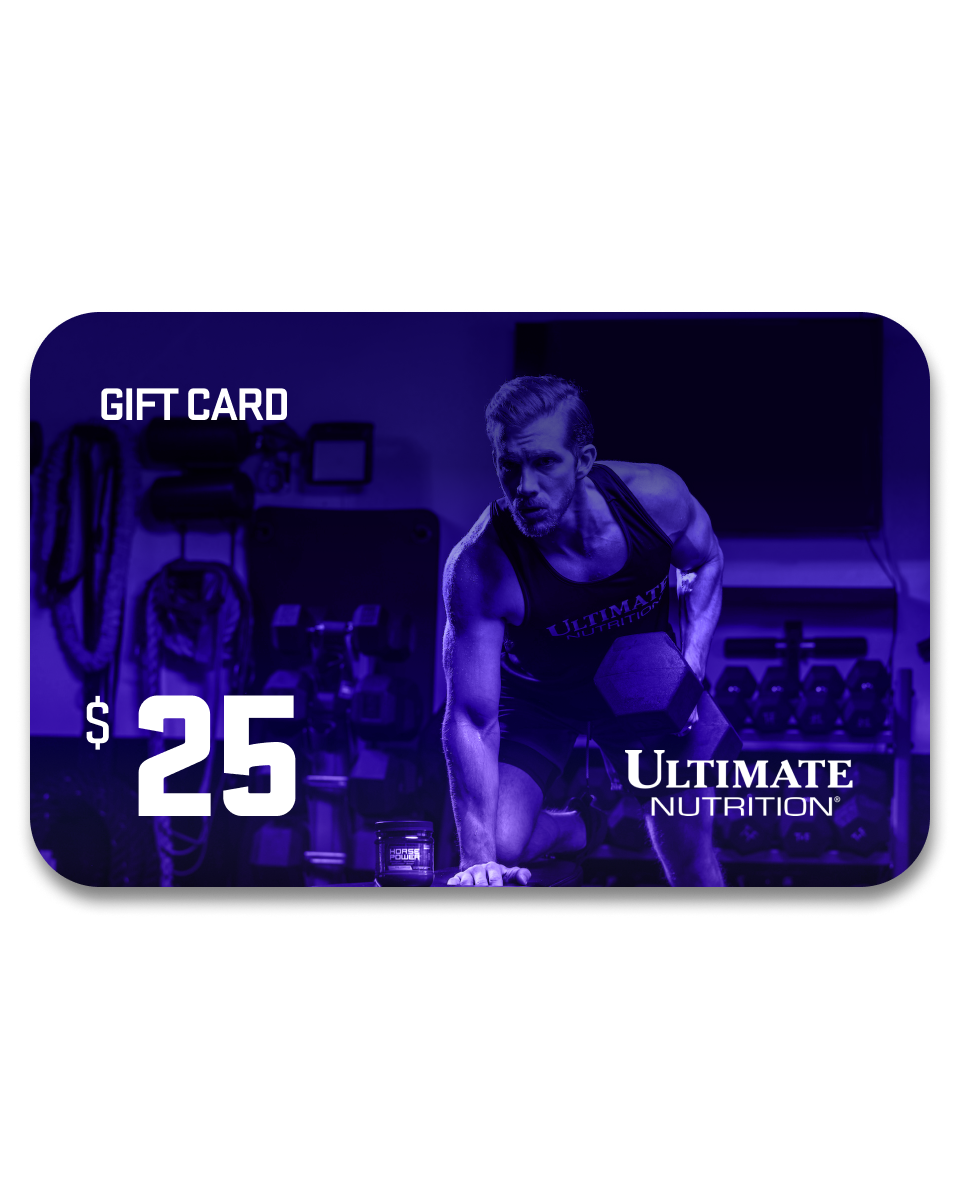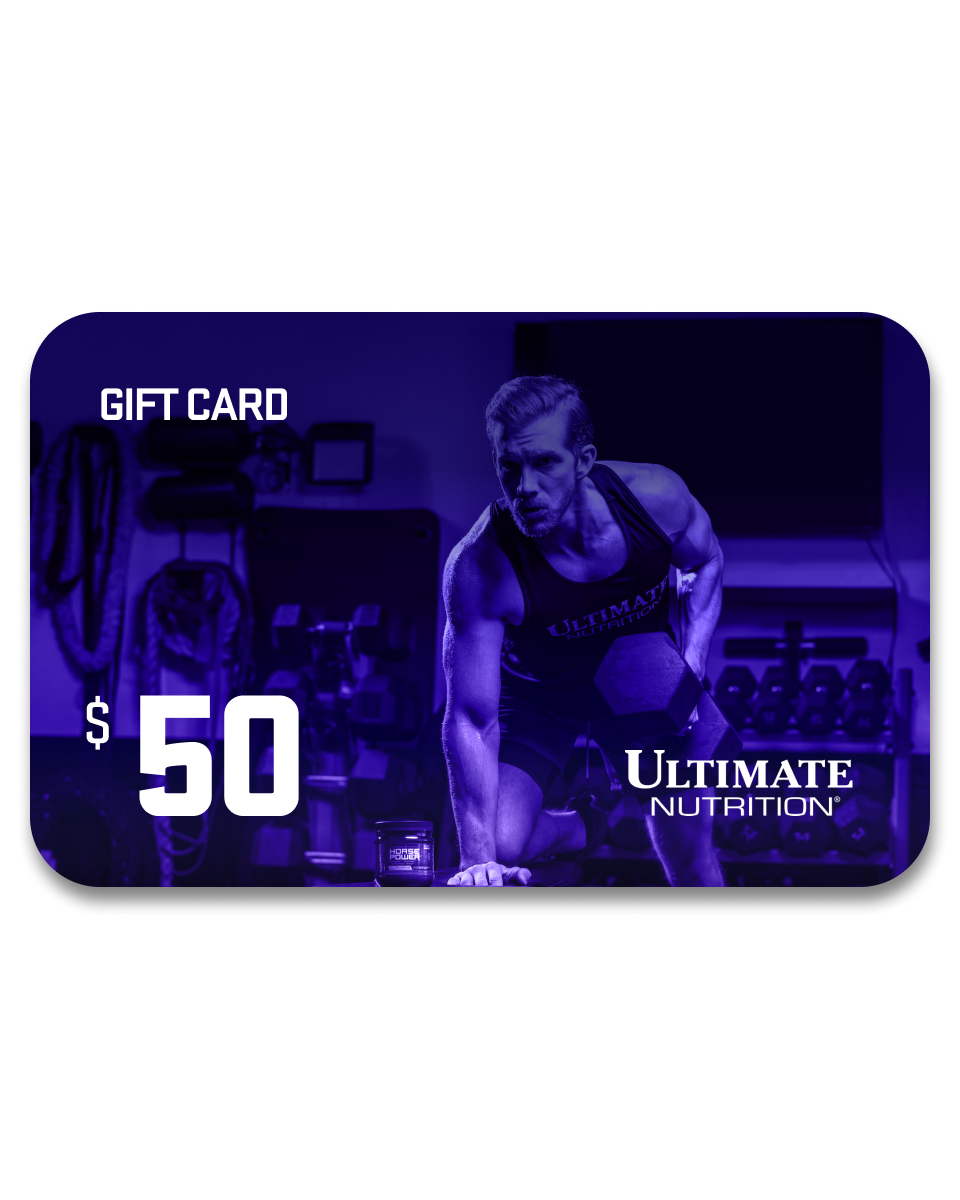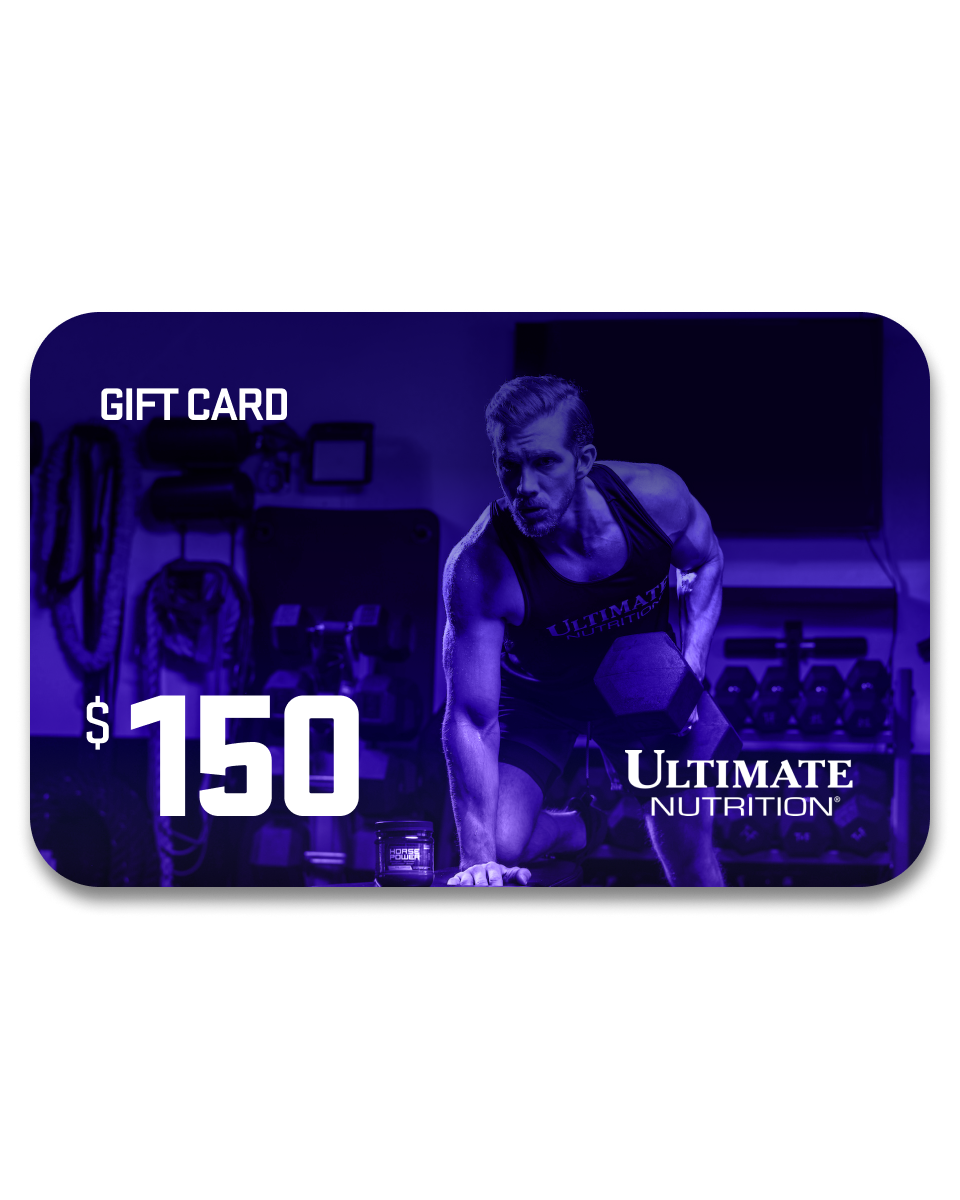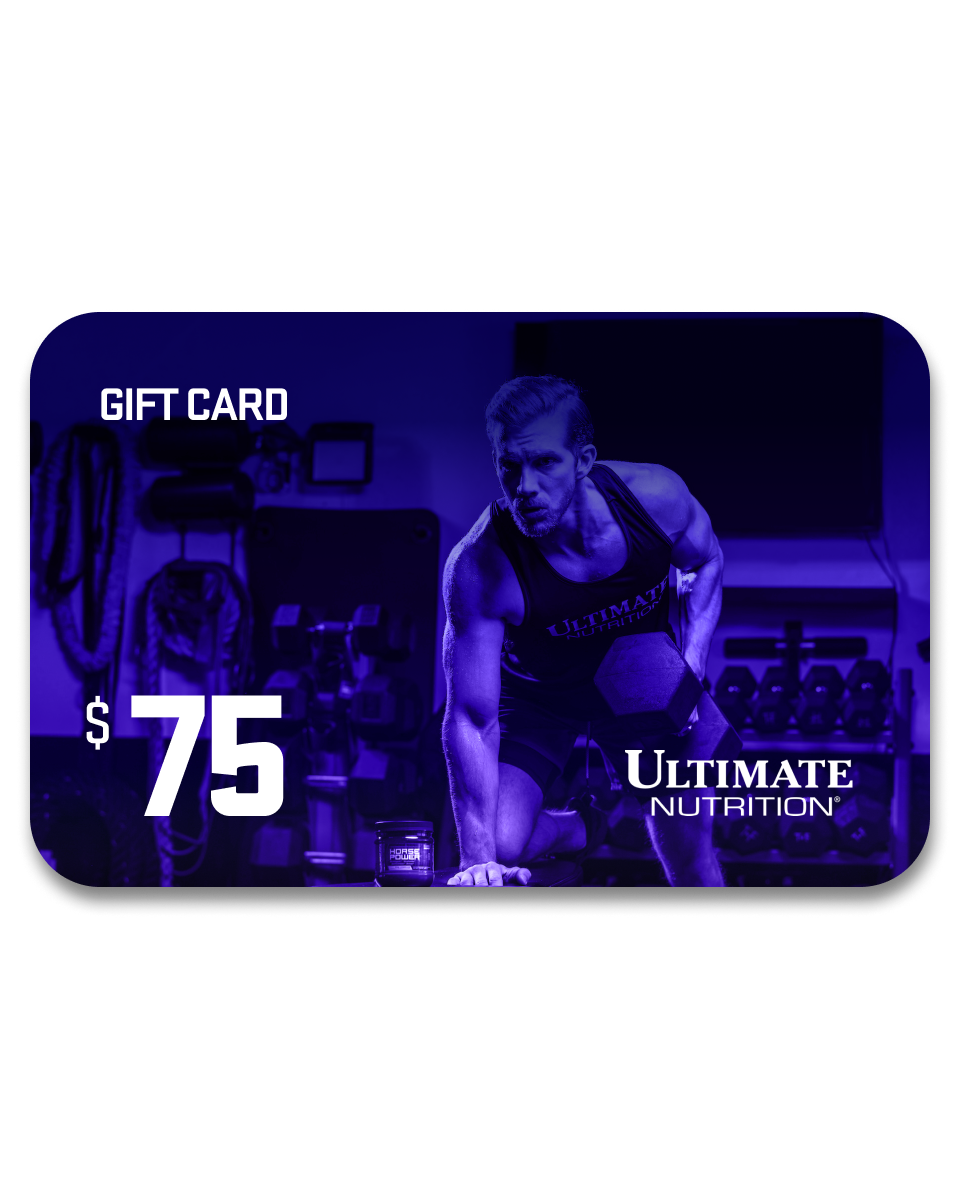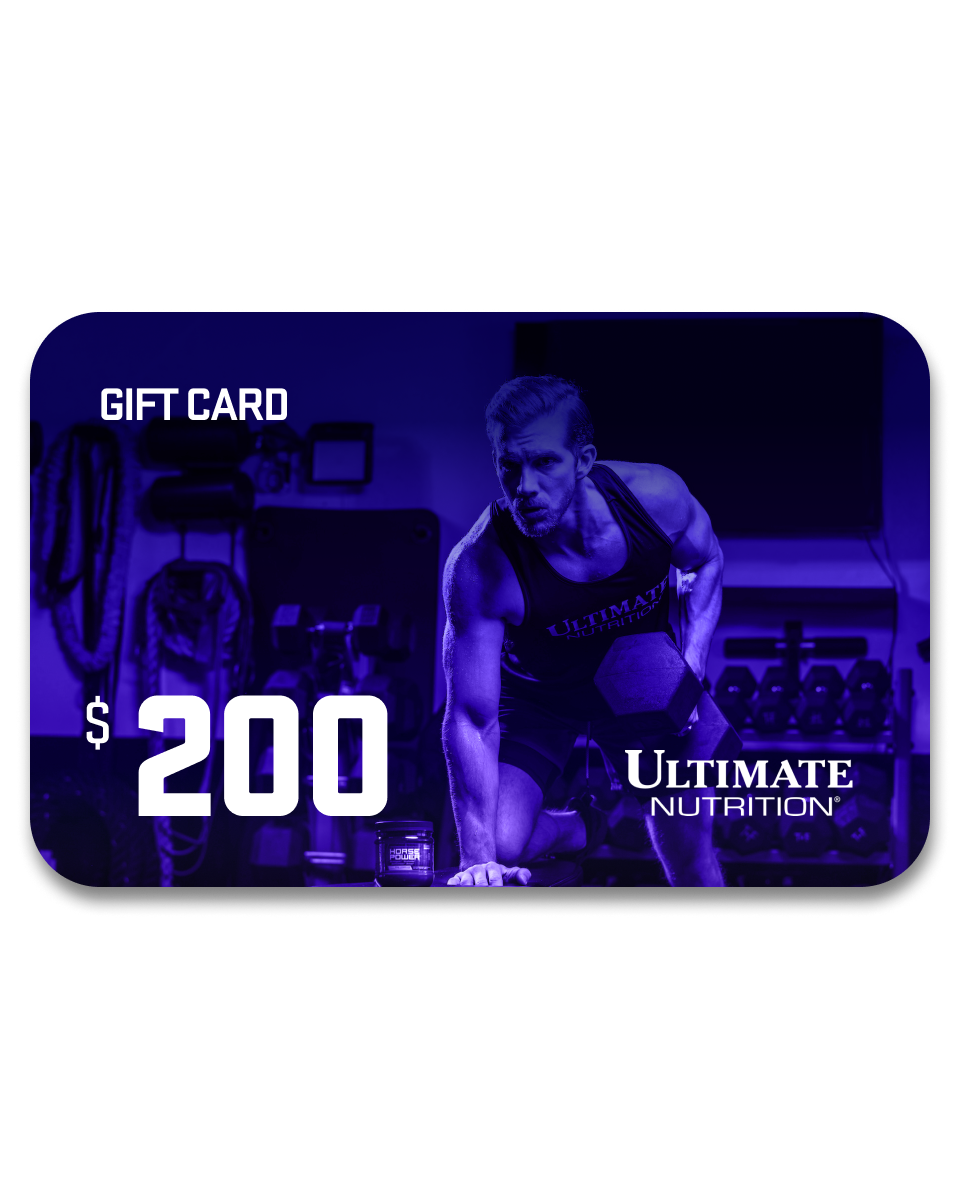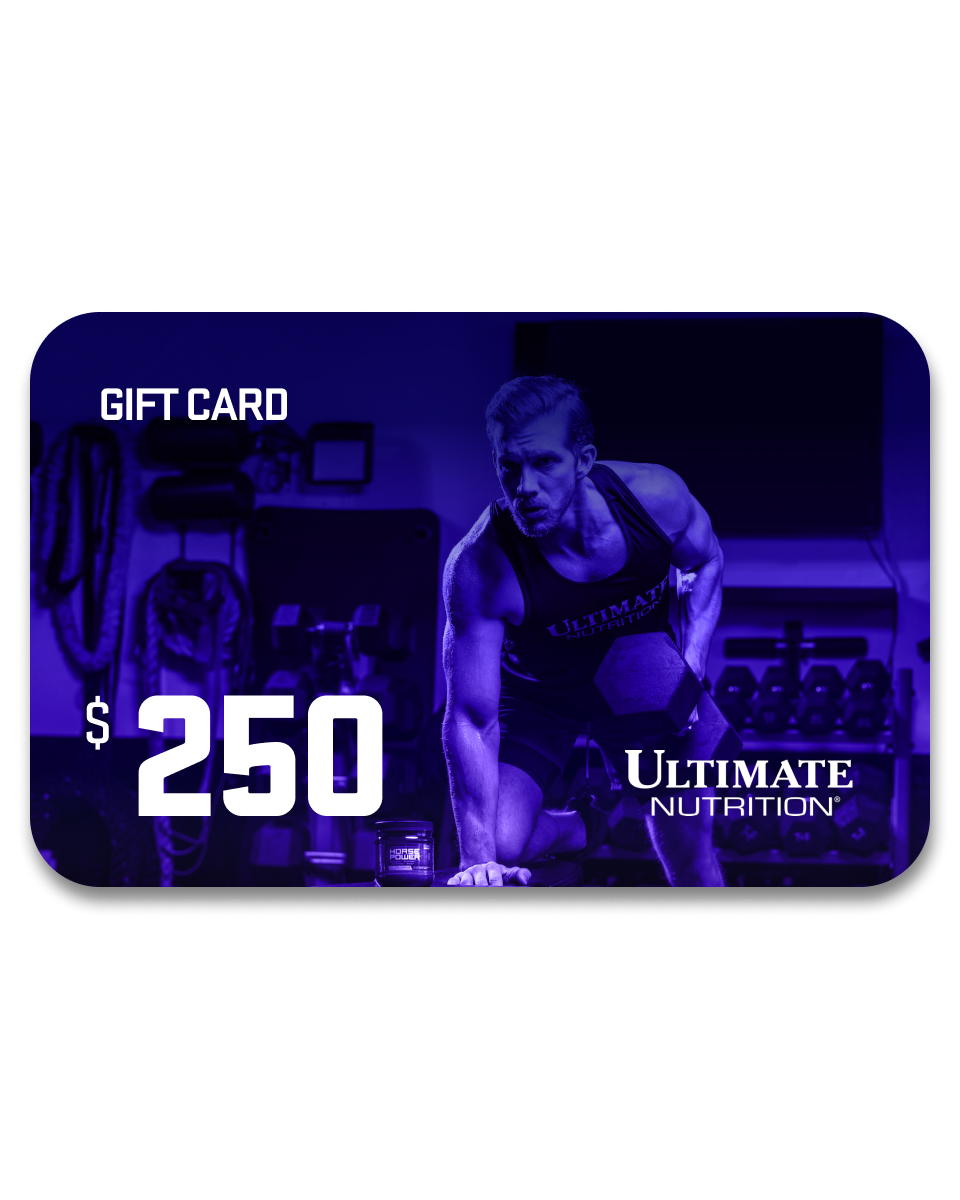Finding the ideal rest period between sets is key to unlocking the full potential of your workouts.
This isn't just a break; it's a strategic part of your routine that significantly impacts muscle recovery and overall training efficiency. Each rest period is an opportunity to prep your body for the next set, ensuring you get the most out of your gym time.
What is a Set in Weight Training?
In the realm of weight training, a 'set' is a term you'll often hear.
It refers to a series of consecutive repetitions of an exercise without taking a break. For example, if you're doing squats and you complete 10 reps before stopping, that's one set.
Understanding sets is crucial because they form the structure of your workout. The number of sets you perform, along with the breaks and repetition, plays a significant role in your overall training.
The Role of Rest Periods
Rest periods provide crucial recovery time for your muscles, allowing them to replenish energy stores and repair themselves after the exertion of a set.
The duration of your rest can influence everything from your performance in the next set to the long-term adaptations your muscles undergo.
Short vs. Long Rest Periods
Understanding the impact of short vs. long rest periods can help tailor your workout to your specific training goals.
Short rest periods, generally less than 1 minute, are often used in endurance and circuit training, focusing on maintaining a high heart rate and promoting cardiovascular fitness. These shorter breaks can also enhance muscle endurance.
On the other hand, longer rest periods are essential when you're lifting heavier weights or focusing on maximal strength development. They allow for more significant recovery, enabling you to perform better in each set with a higher weight capacity.

Factors Influencing Rest Duration
- Type of Exercise: Compound movements like squats or deadlifts, which work multiple muscle groups, may require longer rest periods compared to isolation exercises like bicep curls or tricep extensions.
- Training Intensity: If you're lifting heavier weights or aiming for maximum reps, longer rest periods might be necessary to maintain performance and safety.
- Fitness Level: Beginners may need longer rest periods as their bodies adapt to new stresses, while more experienced lifters might benefit from shorter rests.
- Personal Recovery Rate: Pay attention to how your body feels. If you're still feeling fatigued after the recommended rest time, it might be wise to extend it slightly.

How Much Rest Between Sets
Now that we know the importance of sets and rest time, let’s explore how long you should work out before taking a break. Of course, the amount of rest can vary depending on your goals.
Hypertrophy Rest Time
When your goal is muscle growth, or hypertrophy, managing rest periods becomes particularly important. The ideal rest time in this scenario is usually between 1 to 2 minutes.
This duration strikes a balance between giving your muscles enough time to recover and maintaining a level of intensity that promotes muscle growth. Shorter rest periods keep the muscles under tension for longer, which is beneficial for hypertrophy.
However, it's also crucial not to cut the rest so short that your performance in subsequent sets drops significantly, as this could hinder your progress.
Rest Time Between Sets for Muscle Growth
If your primary goal is to increase strength, your approach to rest times will differ slightly from hypertrophy training.
When training for strength, it's not just about the muscle's endurance; it's also about the ability to exert maximal force. Longer rest periods ensure you can lift heavier weights for each set, a key driver in increasing strength.
For strength gains, it's often recommended to rest for longer periods, typically between 2 to 5 minutes. This extended rest allows your muscles and nervous system to recover more completely.
Rest Time Between Sets for Endurance
With endurance, the goal is to improve your muscles' ability to perform over longer durations, which often involves using lighter weights with higher repetitions.
In endurance-focused workouts, you generally aim for shorter rest periods, typically around 30 seconds to 1 minute. This limited recovery time is intentional; it challenges your muscles to adapt to less rest, improving their endurance capacity.
Keeping rest times short ensures your muscles are trained to sustain effort and resist fatigue over longer periods.
Fueling Muscle Recovery with Ultimate Nutrition
As you optimize your rest periods between sets for either muscle growth, strength, or endurance, it's equally important to consider your post-workout nutrition.
Incorporating these protein supplements into your routine, particularly after workouts, can help in faster muscle recovery, support muscle growth, and provide the necessary building blocks for muscle repair.
At Ultimate Nutrition, we offer a range of protein powders that can significantly aid muscle recovery and growth.
For instance, our Prostar® 100% Whey Protein is an excellent choice, providing 25 grams of high-quality protein per serving by combining whey protein isolate, concentrate, and peptides.
For a plant-based option, Protein Isolate 2 combines wheat and pea proteins enriched with essential amino acids and natural BCAAs, catering to diverse dietary needs.
Alongside your tailored workout and rest strategies, adding a protein supplement like those can be a significant step towards achieving your fitness goals.
The information provided in our articles is meant for informational and educational purposes only and should not be considered as medical advice. It is essential to consult a healthcare professional before starting a new nutritional product and/or making significant changes to your diet and/or starting a new exercise regime. These products are not intended to diagnose, treat, cure, and/or prevent disease.

